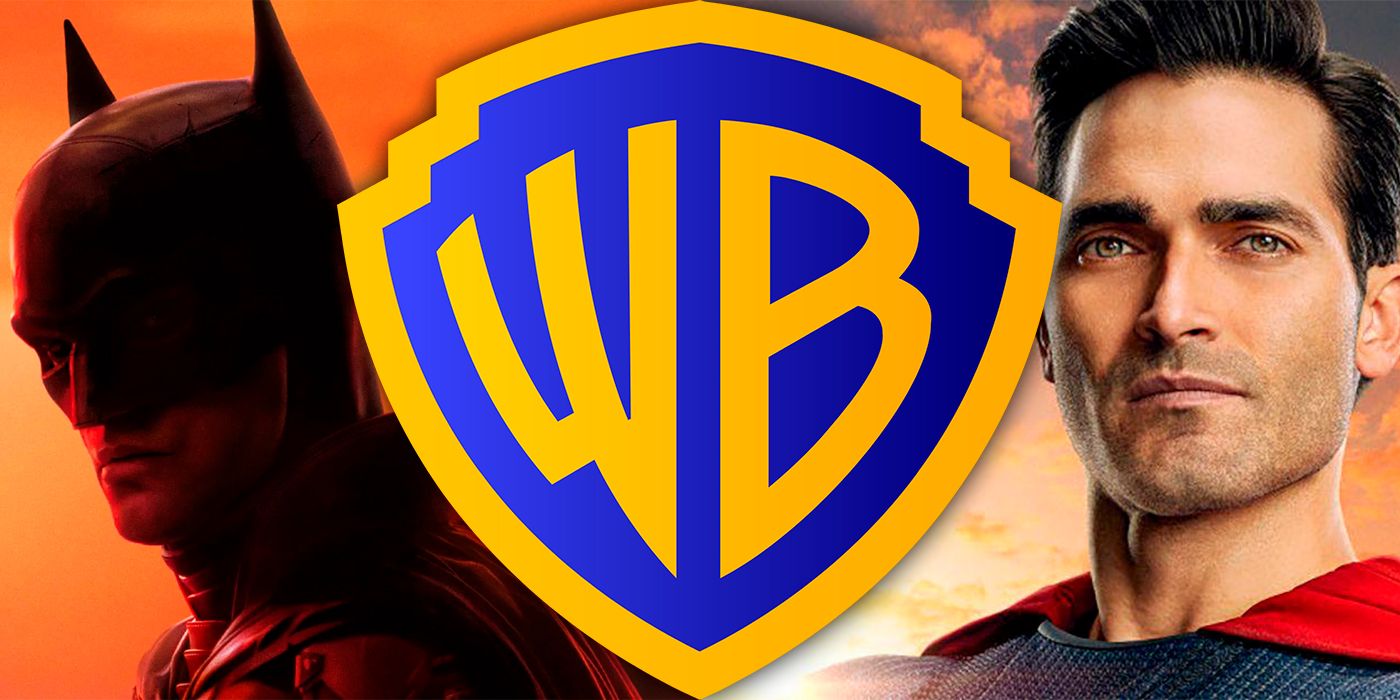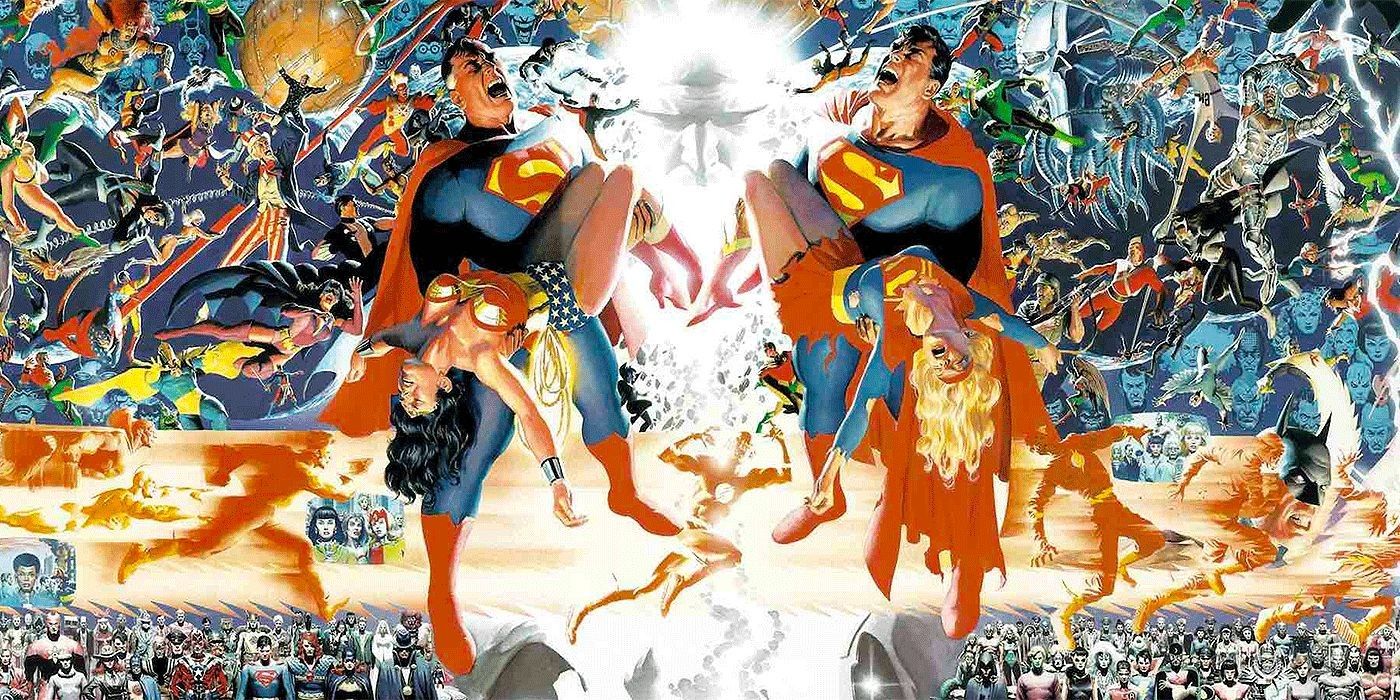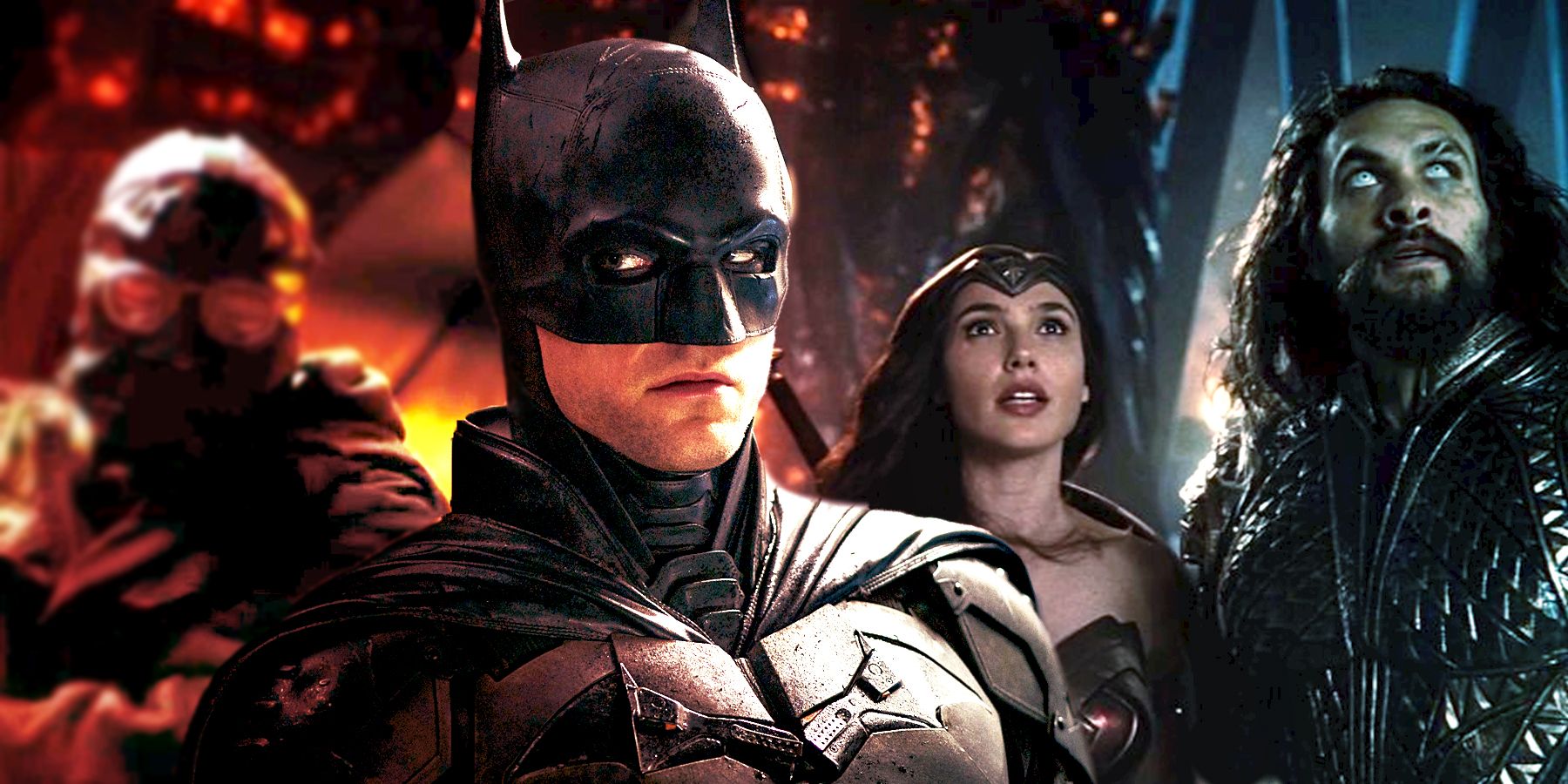Since taking over as CEO of Warner Bros. Discovery, David Zaslav has been clear in his desire to create a cohesive DC Universe that spans both film and television, much like Disney's ultra-successful Marvel Cinematic Universe. The studio has had some shared universe success with both the polarizing DC Extended Universe and the soon-to-be-defunct Arrowverse. More recently, however, the prospect of a unified vision for DC properties has felt increasingly unlikely. Executives decided to permanently shelve the nearly complete $90 million Batgirl movie, and Ezra Miller's growing collection of dire headlines and worrying allegations may force the long-suffering The Flash into a similar fate. The forthcoming Black Adam and Shazam! Fury of the Gods could be enough to help right the ship, but that is far from a guarantee. To help ensure a brighter future for DC movies and TV, Warner Bros. Discovery should look to the history of DC Comics.
Unlike the Marvel universe, which Stan Lee, Jack Kirby and others largely designed as a cohesive shared world, the DC universe has long been something of a patchwork. Throughout the Golden Age, the trinity of Superman, Batman and Wonder Woman would sometimes appear in the same books, but never in the same stories. They, essentially, lived in their own worlds. Once the Silver Age began, this obviously changed, but by then, DC had begun absorbing other publishers and placing those characters on worlds of their own, as it had with its Golden Age properties. This siloed approach ended after Crisis on Infinite Earths consolidated the multiverse down to a single universe. All of a sudden, characters who shouldn't have coexisted on the same Earth did.
The convergence often didn't make sense. Different backstories contradicted each other, and canonicity became nebulous. Creators did their best to retcon the universe into alignment, but their success rate was decidedly mixed. Yet, somehow, this mishmash of characters and concepts worked. As long as readers got good stories with their favorite heroes and villains, many could overlook the inconsistencies. Warner Bros. Discovery would do well to emulate this patchwork approach. Rather than starting from scratch or sticking with something that doesn't work, it can combine the best elements of existing films and television projects into something both familiar and new.
Rumors indicate that Warner Bros. hopes to bring back Henry Cavill as Superman. Should he decline, while unfortunate, it could provide the studio an opportunity to combine two of its more critically lauded projects — The Batman and Superman & Lois — into a single universe. Tonally, the two franchises are noticeably different, but no more so than the Superman and Batman comics that have coexisted within the same continuity for decades. Additionally, the standalone nature of each property means that the two could combine with minimal fuss. Superman & Lois has established that, while no other superpowered heroes currently operate on Earth, nonpowered vigilantes like Oliver Queen have. For Bruce Wayne to do the same would hardly be a stretch. The Batman, meanwhile, makes no references to other superheroes, but neither does it explicitly deny their existence. Superman & Lois and The Batman could easily form the foundation of Zaslav's ten-year plan for a shared DC film and television universe.
From there, Grant Gustin or someone new could replace the scandal-plagued Ezra Miller as The Flash and follow through on the rumored plan of Barry Allen inadvertently altering the timeline. This could, in turn, lay the groundwork for Black Adam, Shazam, Wonder Woman, Aquaman and Peacemaker to exist alongside Tyler Hoechlin's Superman and Robert Pattinson's Batman. With a few tweaks, Warner Bros. Discovery could build a new DC film and television universe using pieces it already has.
For years, characters from DC Comics, Fawcett Comics, Charlton Comics, Milestone Comics, Wildstorm Comics and more have existed in a single DC universe comprised of pieces of a publishing multiverse. This approach has often been messy. It certainly lacks the cohesion of Marvel's Earth-616, but it more than makes up for that with flexibility and adaptability. Blue Beetle was not originally a DC character, but once he was, he became a central figure in one of the most beloved versions of the Justice League. Similarly, Superman & Lois and The Batman are currently separate projects, but should Warner Bros. Discovery take a chance and combine them, Hoechlin and Pattinson could become an iconic version of the World's Finest Team and the answer to the studio's growing list of problems.



